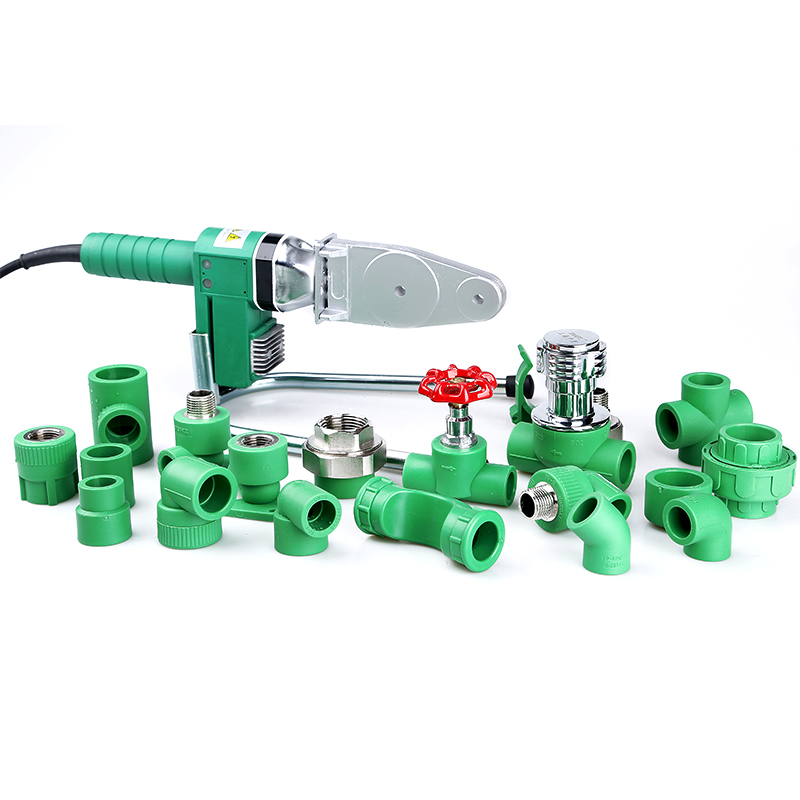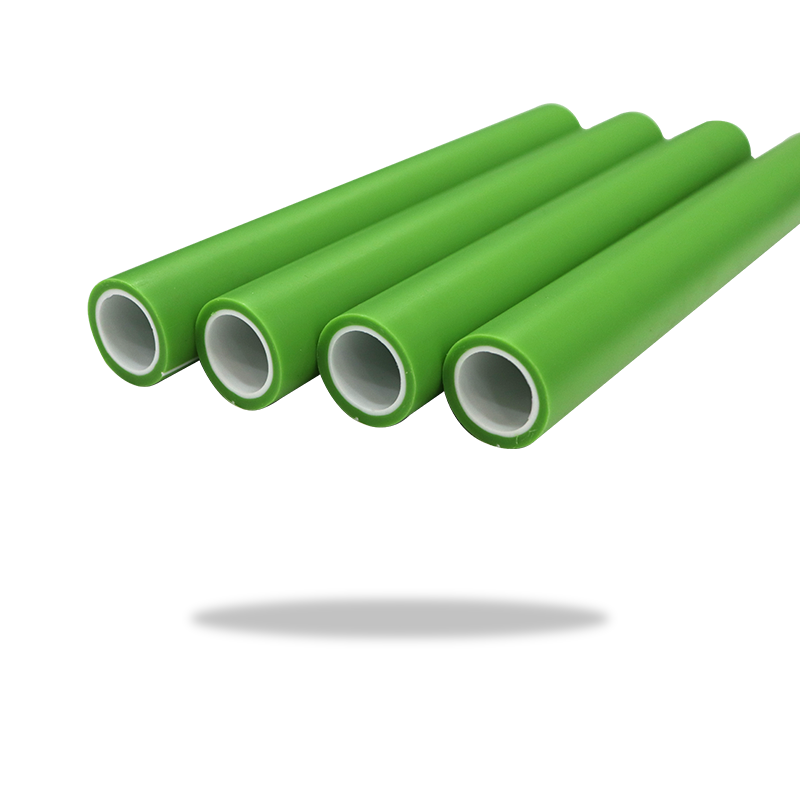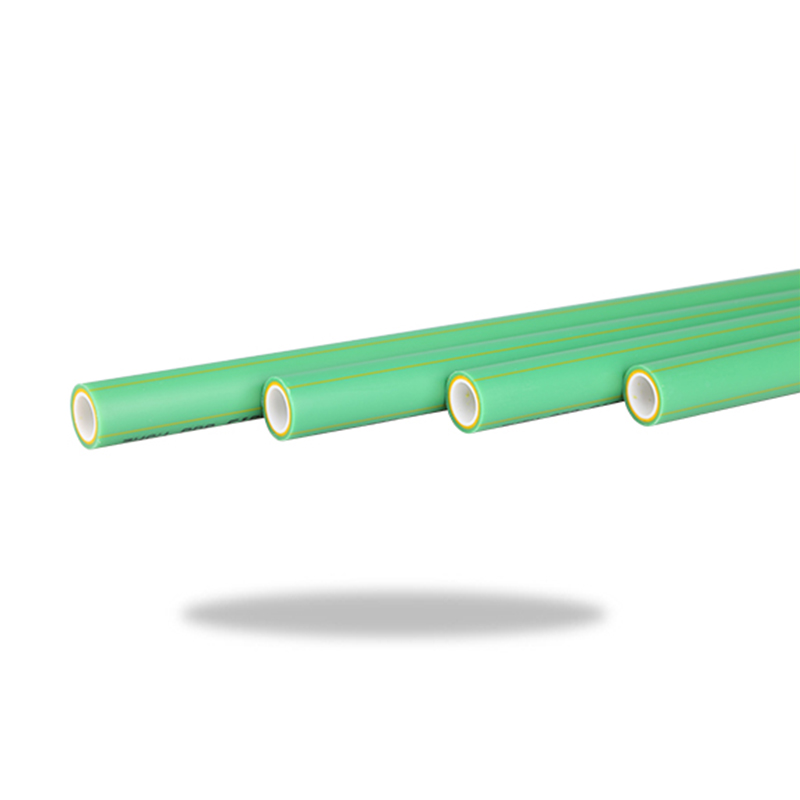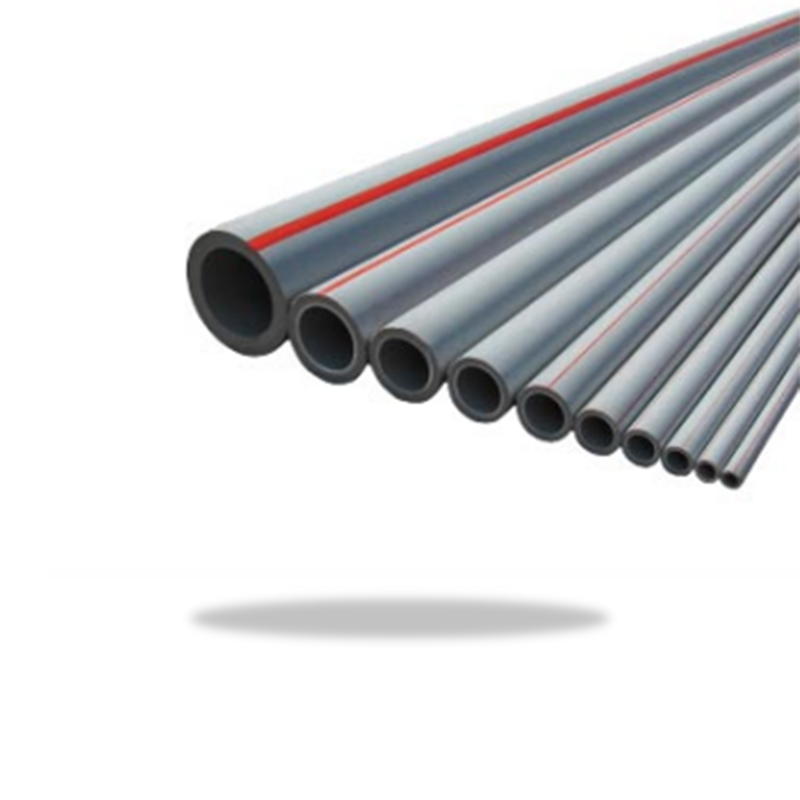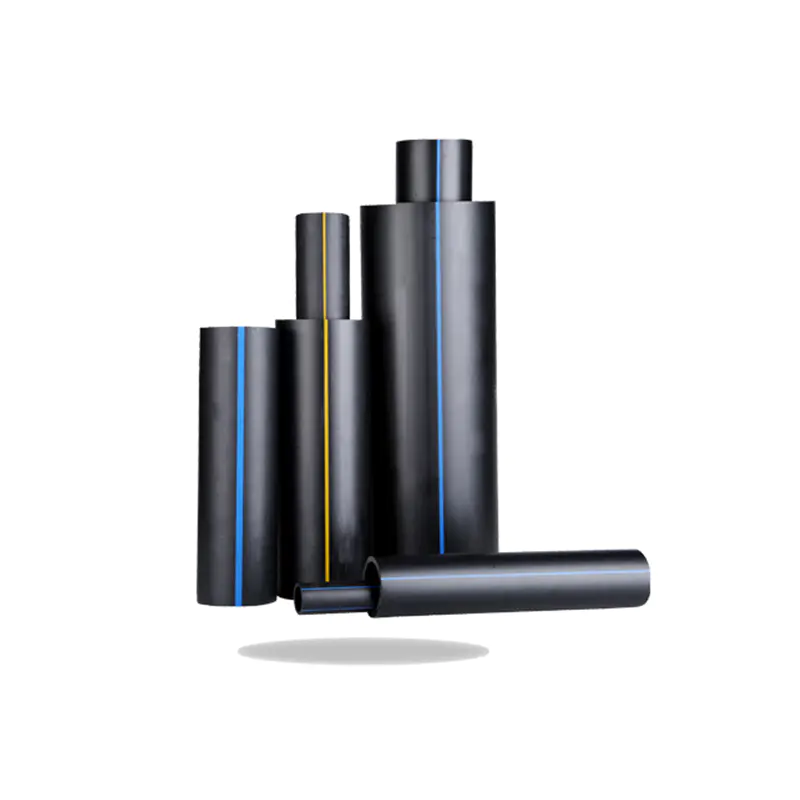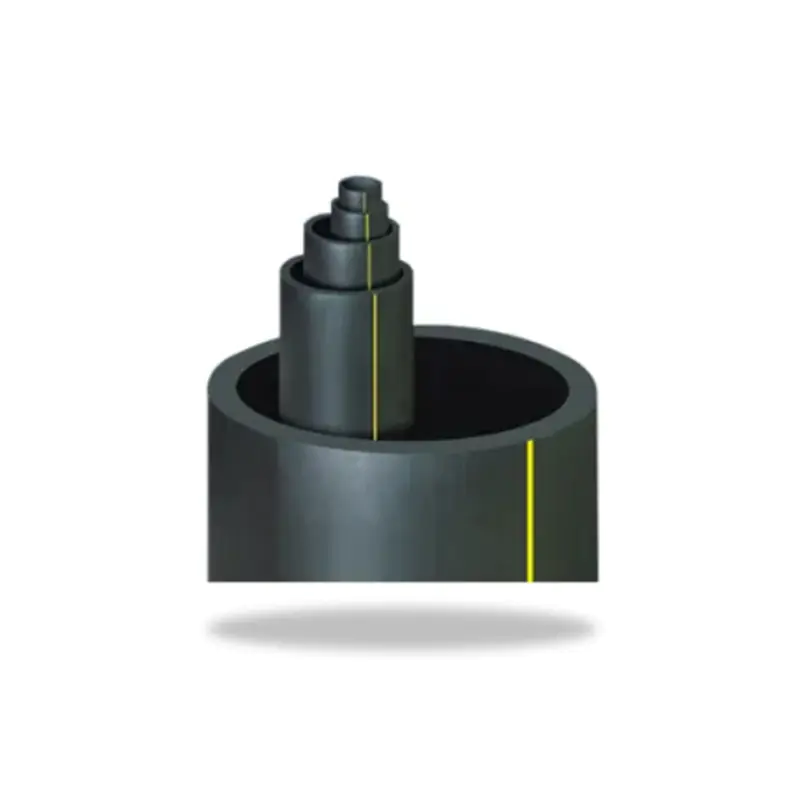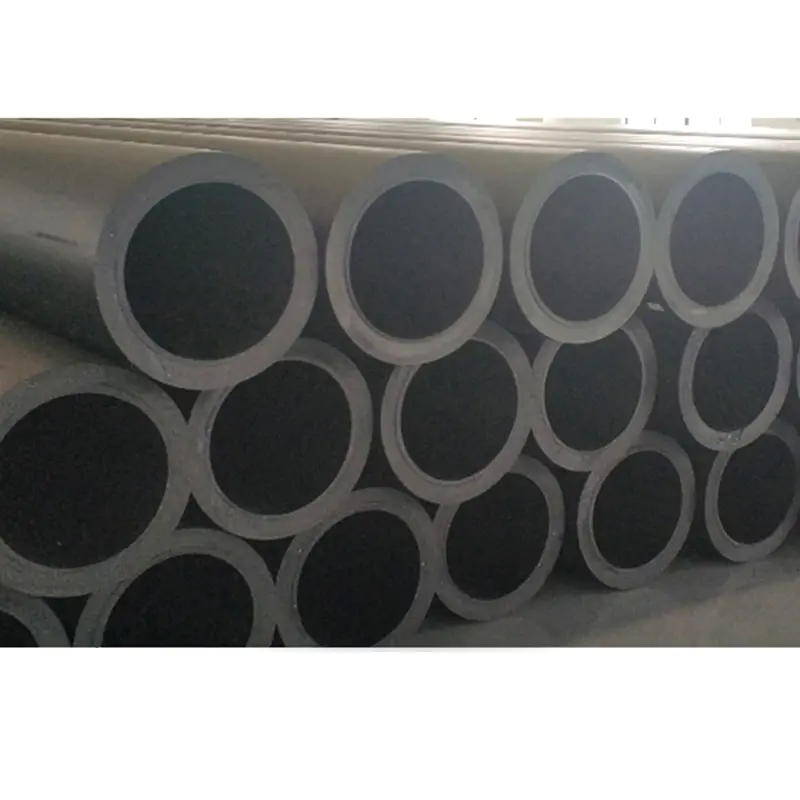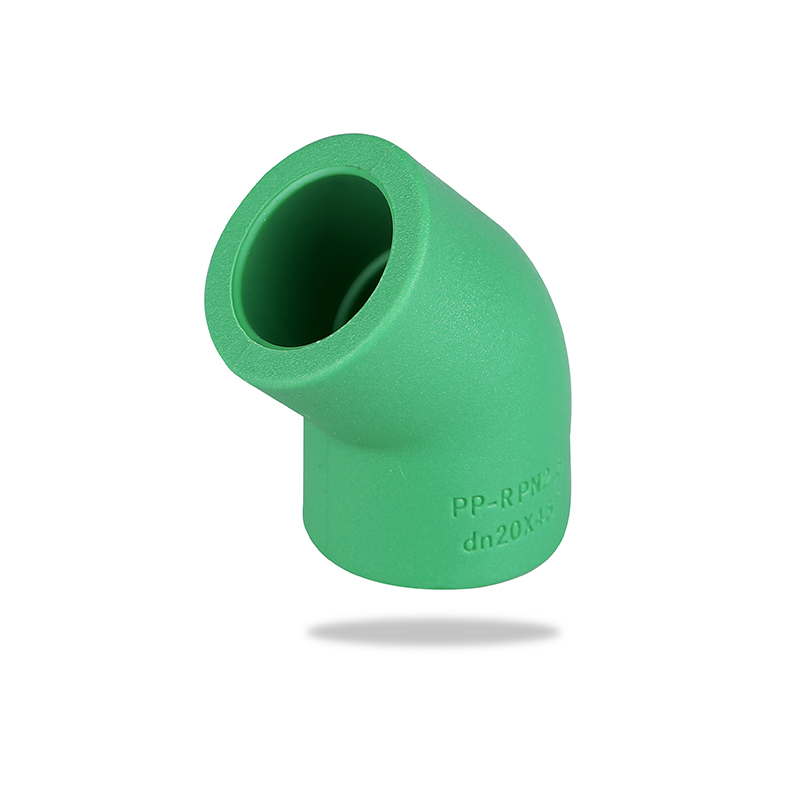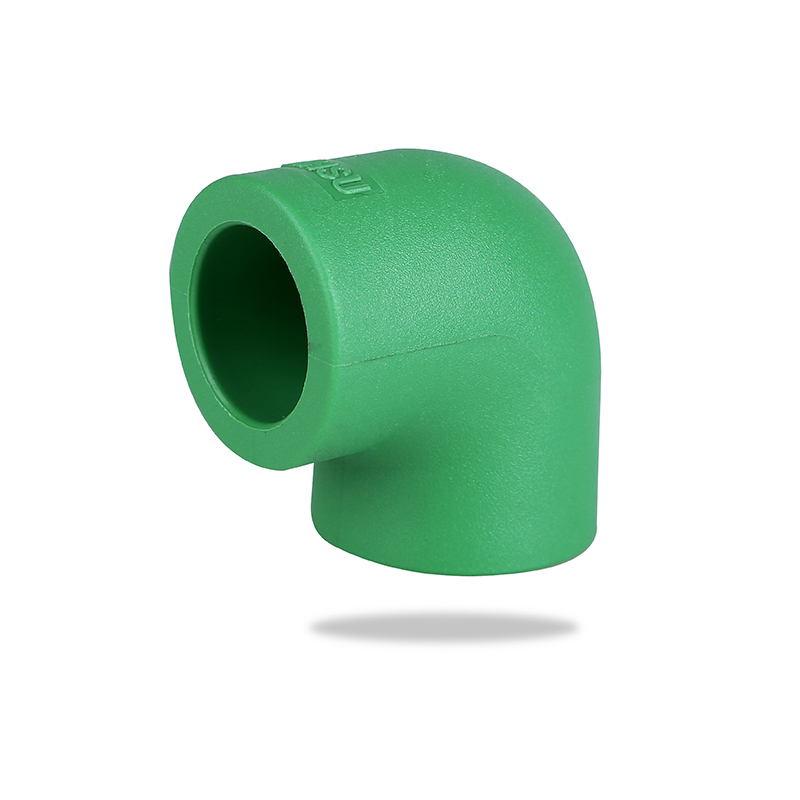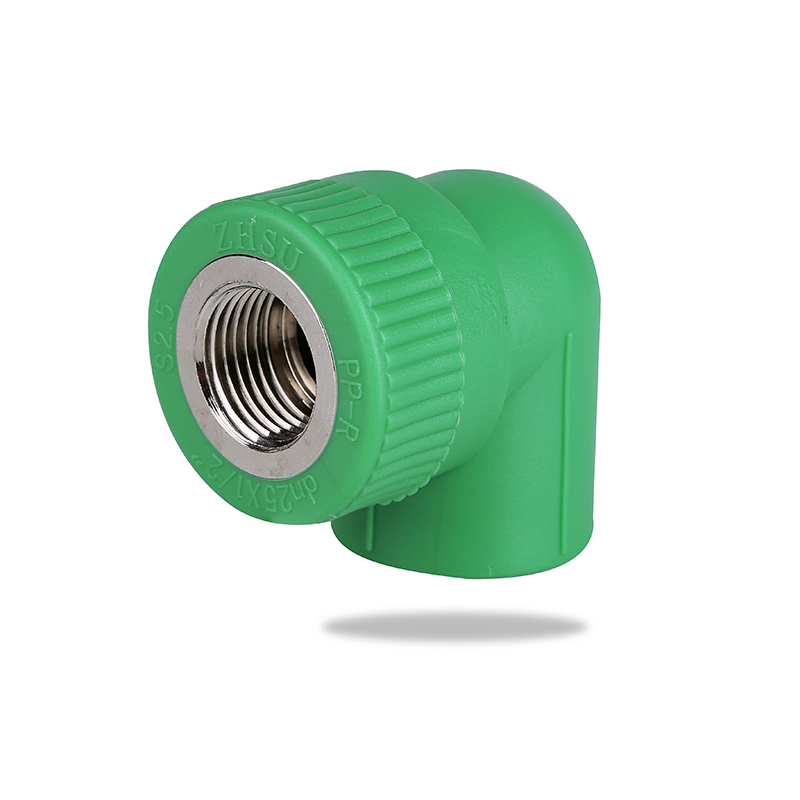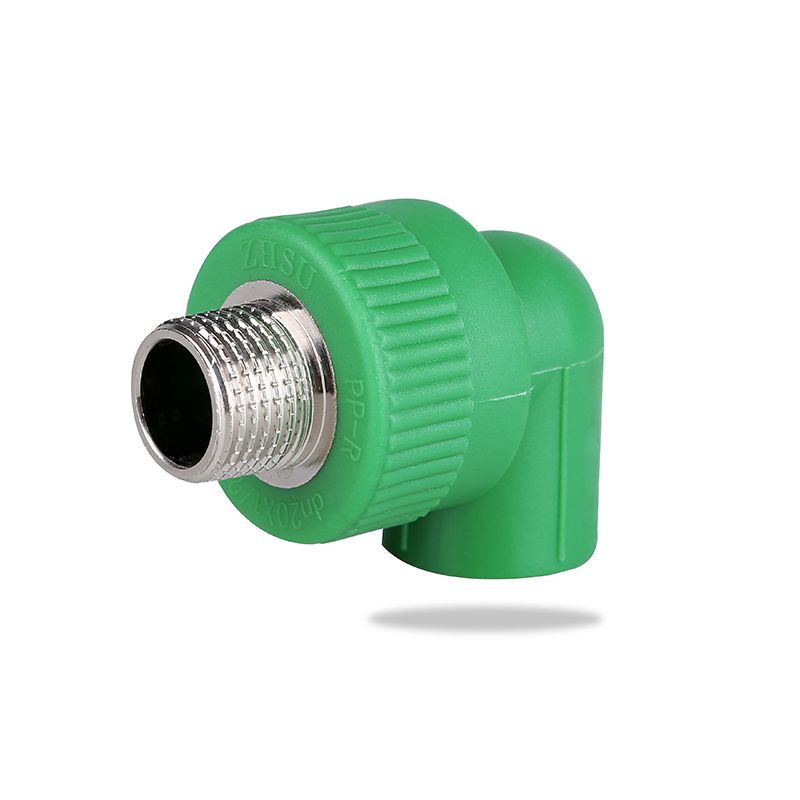What is PPR Tee?
A PPR Tee is a type of pipe fitting used in plumbing systems to connect three sections of pipes together. The term "PPR" stands for Polypropylene Random Copolymer, which is a type of plastic material widely used in piping because of its excellent durability, heat resistance, and chemical stability. The "Tee" refers to the T-shaped design of the fitting, which allows one pipe to branch off from another at a right angle.
Material: Polypropylene Random Copolymer (PPR)
PPR pipes and fittings, including tees, are made from a special kind of plastic called polypropylene random copolymer. This material is popular in plumbing because it can withstand high temperatures and pressure, making it suitable for both hot and cold water supply systems. Additionally, PPR is resistant to corrosion, scaling, and chemical damage, which means it lasts longer compared to metal pipes.
Design and Structure of a PPR Tee
The PPR Tee has three openings arranged in the shape of the letter "T." Two openings are in line with each other, while the third one branches off at a 90-degree angle. This shape makes it possible to split a pipe into two directions or to join two pipes into one.
The ends of the PPR Tee are designed to fit snugly with PPR pipes. Typically, the connection is made using heat fusion or socket welding, which melts the surfaces of the pipe and fitting together, creating a strong and leak-proof joint without the need for glue or mechanical connectors.
Function and Usage
The main function of a PPR Tee is to create a branch in a piping system. For example, in a home water supply system, the main pipe may carry water from the main source, and the PPR Tee can branch off to direct water to different areas such as the kitchen, bathroom, or garden.
PPR Tees are also used in heating systems, industrial piping, and irrigation networks. Their ability to withstand high temperature and pressure makes them ideal for hot water supply and heating applications.
Advantages of PPR Tee
Durability: PPR tees are resistant to corrosion and scaling, so they do not rust or degrade over time like metal fittings. This means fewer repairs and longer service life.
Heat Resistance: They can handle hot water temperatures up to around 95°C (203°F) and pressure up to 20 bar, suitable for most residential and commercial plumbing needs.
Non-Toxic: PPR material is safe for drinking water and does not release harmful chemicals.
Easy Installation: The heat fusion technique used for joining PPR tees with pipes creates a permanent, strong joint that reduces the risk of leaks.
Low Thermal Conductivity: PPR pipes and fittings do not lose much heat, improving energy efficiency in heating systems.
Lightweight and Cost-Effective: Compared to metal pipes and fittings, PPR is lighter and often less expensive, reducing transportation and installation costs.
Common Sizes and Standards
PPR Tees come in various sizes to fit different pipe diameters, commonly ranging from 20mm to 110mm or more. They also conform to international standards like ISO and ASTM, ensuring reliable performance and compatibility with other piping components.
How to install PPR Tee?
Installing a PPR Tee correctly is essential to ensure a reliable and leak-free plumbing system. PPR (Polypropylene Random Copolymer) pipes and fittings are popular because they are durable, resistant to corrosion, and easy to work with when properly installed. The installation process primarily involves heat fusion welding, which creates a strong, permanent joint without the need for glue or mechanical fasteners. Here’s a step-by-step guide on how to install a PPR Tee.
Tools and Materials Needed
PPR Tee fitting
PPR pipes
PPR welding machine (socket fusion machine)
Measuring tape
Marker or pencil
Pipe cutter or saw
Cleaning cloth or sandpaper
Protective gloves and safety glasses
Step 1: Measure and Cut the Pipes
Start by measuring the length of pipe sections needed for your installation. Mark the pipes at the correct cutting points with a marker or pencil. Use a pipe cutter or a fine-toothed saw to cut the pipes straight and cleanly. Make sure the pipe ends are smooth and free from burrs or rough edges to ensure a good fit.
Step 2: Prepare the Pipe Ends and Fitting
Clean the ends of the pipes and the inside of the PPR Tee sockets using a clean cloth or sandpaper if necessary. This removes dirt, grease, and any oxidation, ensuring a clean surface for welding. Avoid touching the cleaned surfaces with your hands afterward to prevent contamination.
Step 3: Set Up the Welding Machine
Plug in the PPR welding machine and allow it to heat up to the recommended temperature, usually around 260°C (500°F). The machine has two sockets of different sizes to fit the pipe and fitting ends.
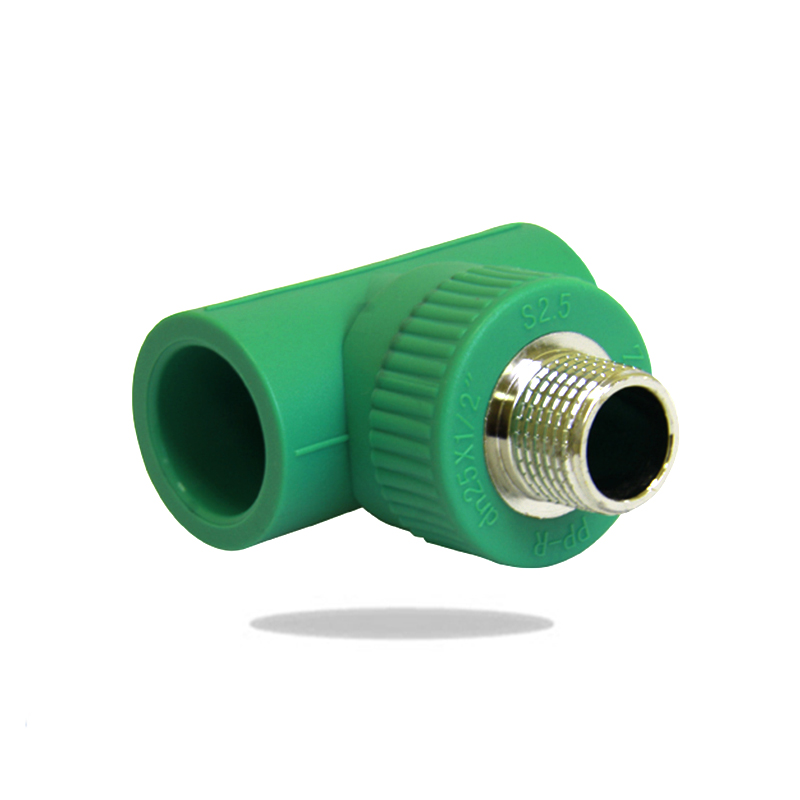
Step 4: Heat the Pipe and Fitting
Insert the pipe end into the appropriate heating socket of the welding machine and simultaneously insert the PPR Tee socket into the other heating socket. Heat both parts for the manufacturer’s recommended time, typically 5 to 10 seconds depending on the pipe diameter and ambient temperature. Avoid overheating or underheating as this can weaken the joint.
Step 5: Join the Pipe and Fitting
Quickly and carefully remove both the pipe and the fitting from the heating sockets. Immediately insert the pipe into the PPR Tee socket, pushing it in fully and giving a slight twist (about 1/4 turn) to evenly distribute the melted material. Hold the parts firmly in place for 10 to 15 seconds to allow the joint to cool and solidify. Do not move the joint during this time.
Step 6: Inspect the Joint
After cooling, inspect the joint to ensure it is smooth and even. There should be a visible ring of melted material around the joint, indicating a good fusion. The joint should feel solid and leak-proof.
Step 7: Repeat for Other Connections
Repeat the heating and joining process for the other two pipe connections on the PPR Tee. Ensure all connections are properly aligned before heating and joining.
Additional Tips for Successful Installation
Work in a clean, dry environment to prevent dirt or moisture from interfering with the welding process.
Follow manufacturer guidelines for heating times and temperatures strictly.
Use proper safety gear like gloves and eye protection when working with the welding machine.
Avoid forcing pipes into fittings without heating, as this can cause damage or leaks.
Allow the entire piping system to cool down for at least 30 minutes before pressure testing.
If you are unsure about the welding process, consult a professional plumber or attend a training session.
Why Proper Installation Matters
Correct installation of a PPR Tee ensures the piping system is strong, durable, and leak-free. Poor welding or misalignment can cause weak joints, leading to leaks or pipe bursts under pressure. Since PPR pipes are often used for hot and cold water supply, ensuring proper fusion helps maintain water quality and system safety.
In what scenarios is PPR Tee usually used?
PPR Tee fittings are widely used in various piping and plumbing systems due to their excellent durability, heat resistance, and chemical stability. Their versatility allows them to serve many functions in different environments. Understanding the typical scenarios where PPR Tee is used can help in selecting the right fitting for a specific application. Below are the common scenarios where PPR Tee fittings are usually applied.
1. Residential Plumbing Systems
One of the most common uses of PPR Tee is in residential water supply systems. In homes, PPR tees connect pipes that deliver both hot and cold water to different parts of the house, such as kitchens, bathrooms, and laundry rooms. Because PPR pipes and fittings can handle high temperatures and pressure, they are ideal for hot water distribution. The T-shape allows water flow to branch off efficiently to multiple fixtures, ensuring stable and reliable water supply throughout the home.
2. Commercial and Industrial Plumbing
In commercial buildings, offices, and factories, PPR Tee fittings are extensively used to build complex plumbing networks. These systems often require multiple branches to supply water to different floors, departments, or machinery. PPR’s resistance to chemicals and corrosion makes it suitable for industrial settings where pipes may carry not just water but also chemicals or other fluids. Additionally, its heat resistance allows it to be used in heating systems and hot water circuits.
3. Heating Systems
PPR Tee fittings are widely used in central heating systems, including radiant floor heating and radiator connections. Their ability to withstand high temperatures and pressure makes them a preferred choice for distributing hot water or steam in heating circuits. The T-shape fitting helps create branches from the main heating pipe to different rooms or zones, facilitating efficient heat distribution.
4. Water Treatment and Irrigation
In water treatment plants and irrigation systems, PPR Tee fittings are used to connect pipes that distribute clean or treated water. Their non-toxic and corrosion-resistant properties make PPR an excellent material for these applications. In irrigation systems, PPR tees enable water flow to branch off to different sections of agricultural fields or gardens, ensuring even and controlled watering.
5. Food and Beverage Industry
Because PPR material is safe for contact with potable water and does not leach harmful substances, PPR Tee fittings are also used in piping systems in the food and beverage industry. They are suitable for transporting water and some food-grade liquids under controlled conditions, contributing to hygiene and safety standards.
6. Chemical and Pharmaceutical Industries
In industries where pipes must resist harsh chemicals, PPR Tee fittings offer a reliable solution due to their chemical inertness. They are used to transport various chemicals and fluids safely without risk of corrosion or contamination. The ability to create strong, leak-proof joints through heat fusion makes them ideal in sensitive pharmaceutical production environments.
7. Renewable Energy Systems
PPR Tee fittings are increasingly used in renewable energy systems such as solar water heaters. In these systems, the PPR piping network carries heated water from solar panels to storage tanks and distributes it to consumers. Their heat resistance and durability help maintain system efficiency over time.

 简体中文
简体中文 English
English русский
русский Español
Español Français
Français عربى
عربى Português
Português 日本語
日本語 italiano
italiano Nederlands
Nederlands Polskie
Polskie
